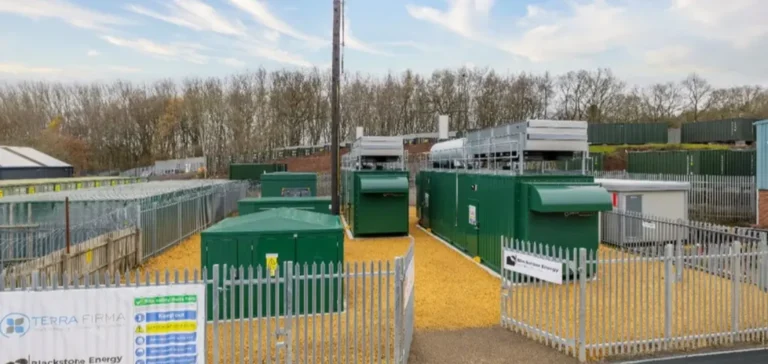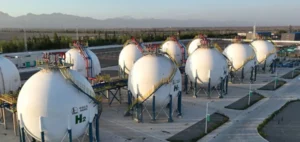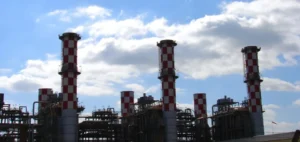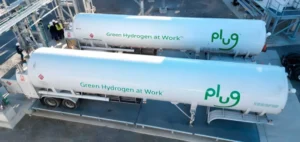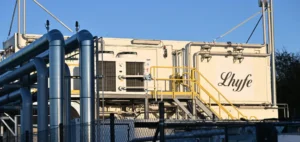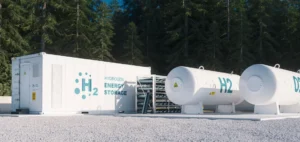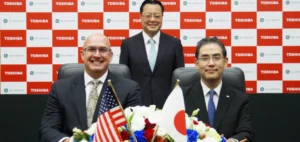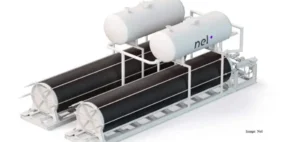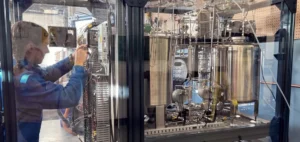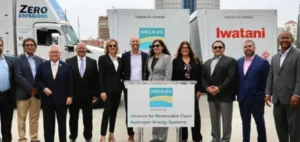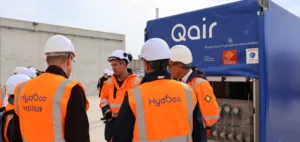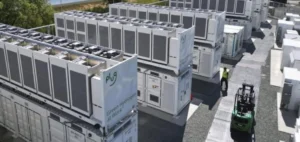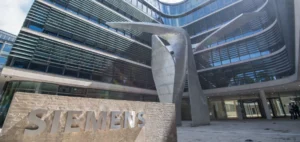Terra Firma Energy Limited welcomed the success of the trial conducted by SGN, the UK gas distribution company, to transport hydrogen through a 30-kilometre section of the local transmission system. This operation, a first in the United Kingdom, demonstrates the feasibility of adapting existing infrastructure to the transport of a new energy carrier.
A portfolio of production already prepared
Terra Firma Energy, specialised in flexible power generation, confirmed that all of its power generation sites are equipped with hydrogen-compatible generator sets. In Wrexham, North Wales, its 20-megawatt site is equipped with nine CAT generators supplied by Finning, all designed to operate with this fuel. This anticipation places the company in a favourable position to support the development of the sector.
Targeted investments in infrastructure
The investments made by Terra Firma Energy in modular and adaptable equipment allow for a rapid transition to hydrogen should it be deployed on a large scale. The company has structured its projects around flexible assets, capable of meeting grid stability needs while integrating new energy supply modes. This investment model strengthens its competitiveness in a context where operators must adapt their infrastructure to meet evolving demand.
Outlook for market players
The trial carried out by SGN is part of the national drive to modernise the grid and diversify supply sources. Terra Firma Energy stated that its strategic choices are aligned with this evolution, which could accelerate financing opportunities and large-scale deployment. The group indicated its intention to work with regulators and industry partners to integrate its hydrogen-compatible generation capacity into future stages of sector development.


